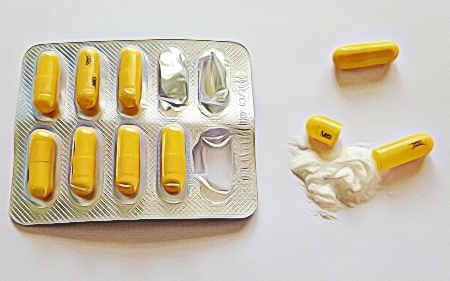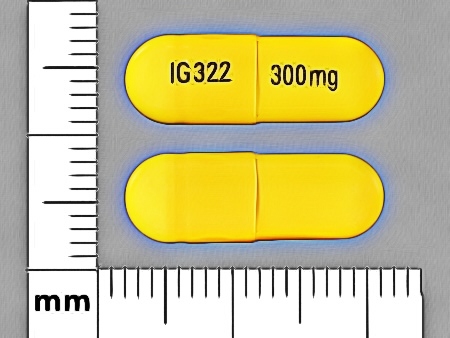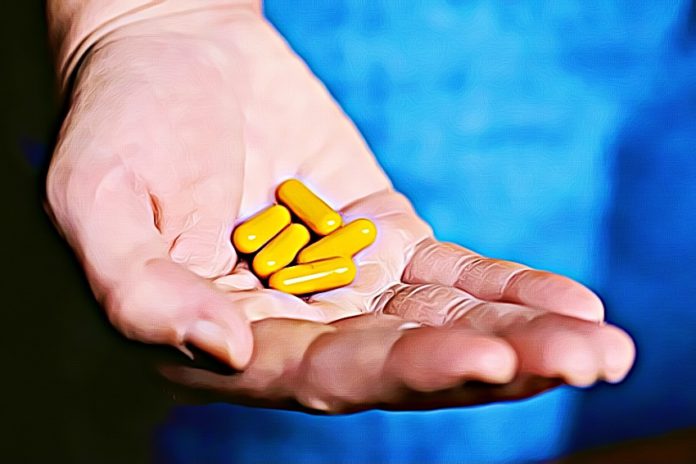Plenty of people worldwide struggle with insomnia, which means drifting off to sleep leads them to anything but sweet dreams on a nightly basis. Failing to get some rest can be physically, mentally, and even emotionally draining, especially since sleep interruptions increase your dips in daytime energy.
The afternoon slump would weigh heavier on the mind and body, so treating insomnia is a must if you want to enhance your quality of life. Out of all the effective sleeping pills available, gabapentin rises on top as a go-to favorite, thanks to its anti-anxiety effects.
What Is Gabapentin Used For?
Gabapentin is widely used for fighting off insomnia as it stimulates the body’s natural slow-wave sleep. However, this medication can also ease searing pains from neuropathic conditions such as neuropathic pain, seizures, migraines, and restless legs syndrome. The anticonvulsant drugs are also helpful for soothing fibromyalgia, teeth-grinding, and hot flashes, along with psychiatric assistance with its anxiolytic properties.

Gabapentin for Sleep
Gabapentin is chock-full of anxiolytic effects, which works in conjunction with its sedative-like properties. This makes it an excellent medication for treating patients with primary insomnia, but what makes it such a good sleep aid alternative is its impact on the person’s quality of sleep.
For one, the medication can enhance slow-wave sleep, which is a type of deep sleep responsible for making people feel well-rested and energize the following day. It also lowers the body’s spontaneous arousal, preventing them from waking up randomly in the middle of the night.
When taken in the optimal doses prescribed by a doctor, gabapentin can promote better sleep quality and has a relatively large safety margin.
It’s primarily used for treating neuropathic pain, but the drug’s ability to promote slow-wave sleep allows people to achieve quality rest and wake up feeling refreshed the next morning. However, many good things can have detrimental effects when taken in high amounts, and gabapentin is no exception.
Gabapentin Abuse
Abusing gabapentin can simulate a high similar to cannabis, introducing a hard-hitting euphoria with a floaty sensation. The zombie-life effects make it easy to pair with harder drugs such as opioids, wherein 22 percent of opioid-dependent find it can boost the effects of the double-edged pain-killer. This makes it extremely dangerous when abused, especially since it can pave the way for a multitude of problems such as the following:
What Are the Tell-Tale Signs of a Gabapentin Addiction?
- Drowsiness;
- Coordination problems;
- Tremors;
- Dizziness;
- Depression;
- Suicidal thoughts/behaviors;
- Changes in mood;
- Dizziness;
- Poor coordination;
- Forgetfulness;
- Anxiety;
- Difficulty speaking;
- Inability to feel pleasure;
In the worst-case scenario, gabapentin abuse can promote suicidal tendencies, depression, skin irritation, and muscle tissue breakdown. If you notice a gabapentin user suffering from diarrhea, extreme sleepiness, double vision, and speech slurring, be sure to put a medical professional on speed dial as these are symptoms of gabapentin overdose.
Is Gabapentin a Controlled Substance?
Despite gabapentin’s wealth of potential, gabapentin is proven to have just as many adverse side effects, which is why it’s not considered a controlled substance by the United States Drug Enforcement Administration.

Combining the drug with alcohol and opioids can produce fatal effects. The rising death toll has forced states such as Ohio, Kentucky, and West Virginia to list the anti-convulsive drug as a controlled substance. In other areas, health professionals are striving to mitigate gabapentin abuse by implementing strict monitoring programs for gabapentin-prescribed patients.
Is Gabapentin Addictive?
Another benefit of gabapentin is that it can help users taper off their addiction, and while it is less addictive than drugs like opioids, patients still have a high chance of developing physical dependence when the body grows accustomed to the medication. That’s why this prescription drug requires medical supervision and must be taken in the recommended dosage only, as well as a therapeutic intervention when stopping its use since quitting cold turkey can facilitate withdrawal symptoms such as the following:
- Irritability;
- Sweating;
- Nausea;
- Anxiety;
- Confusion;
- Insomnia;
- Increased heart rate;
- Pain;
- Seizures;
Your doctor will have to slowly lower the dosage in the span of weeks to months, especially for epileptic patients who use gabapentin for treating seizures. This method is critical since it allows the body to steadily let go of its acclimation with the drug, allowing them to stop the prescription medication without triggering withdrawal symptoms.
The Bottom Line: Exploring the Many Effects of Gabapentin – The Good and the Bad
Gabapentin is a prescription painkiller that can offer plenty of positive benefits thanks to its ability to ease epilepsy and a myriad of other neurological disorders. It’s also a drug used for promoting quality sleep, but it has just as many drawbacks due to its addictive nature.
It’s important to maintain transparent communication with your doctor when using this prescription medication to ensure you reap the full benefits without increasing your risk of developing an addiction, especially since abuse can promote fatal results.
The road to sobriety is challenging, but having the right treatment program to support your journey can make a world of difference in your progress. We can help guide you every step of the way by connecting you with the best rehab centers in multiple states in the USA.
Source:
https://medlineplus.gov/druginfo/meds/a694007.html
https://www.deadiversion.usdoj.gov/drug_chem_info/gabapentin.pdf
















